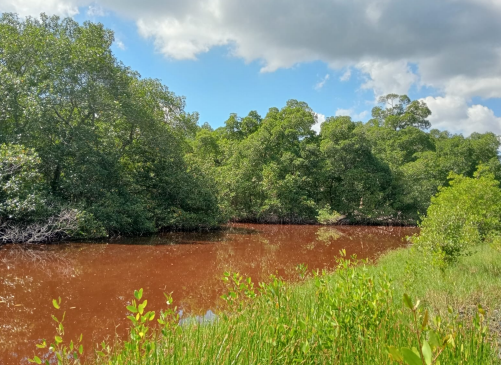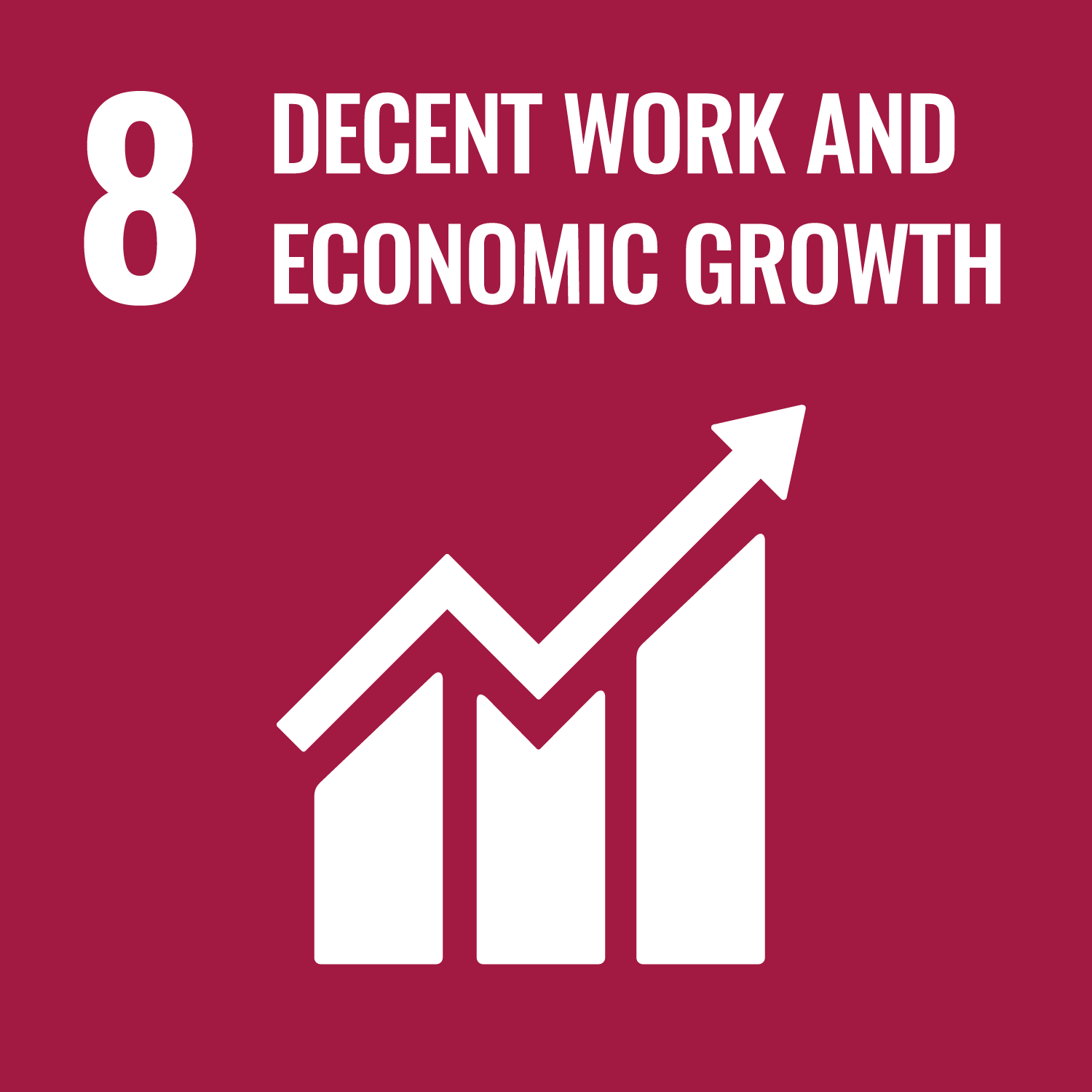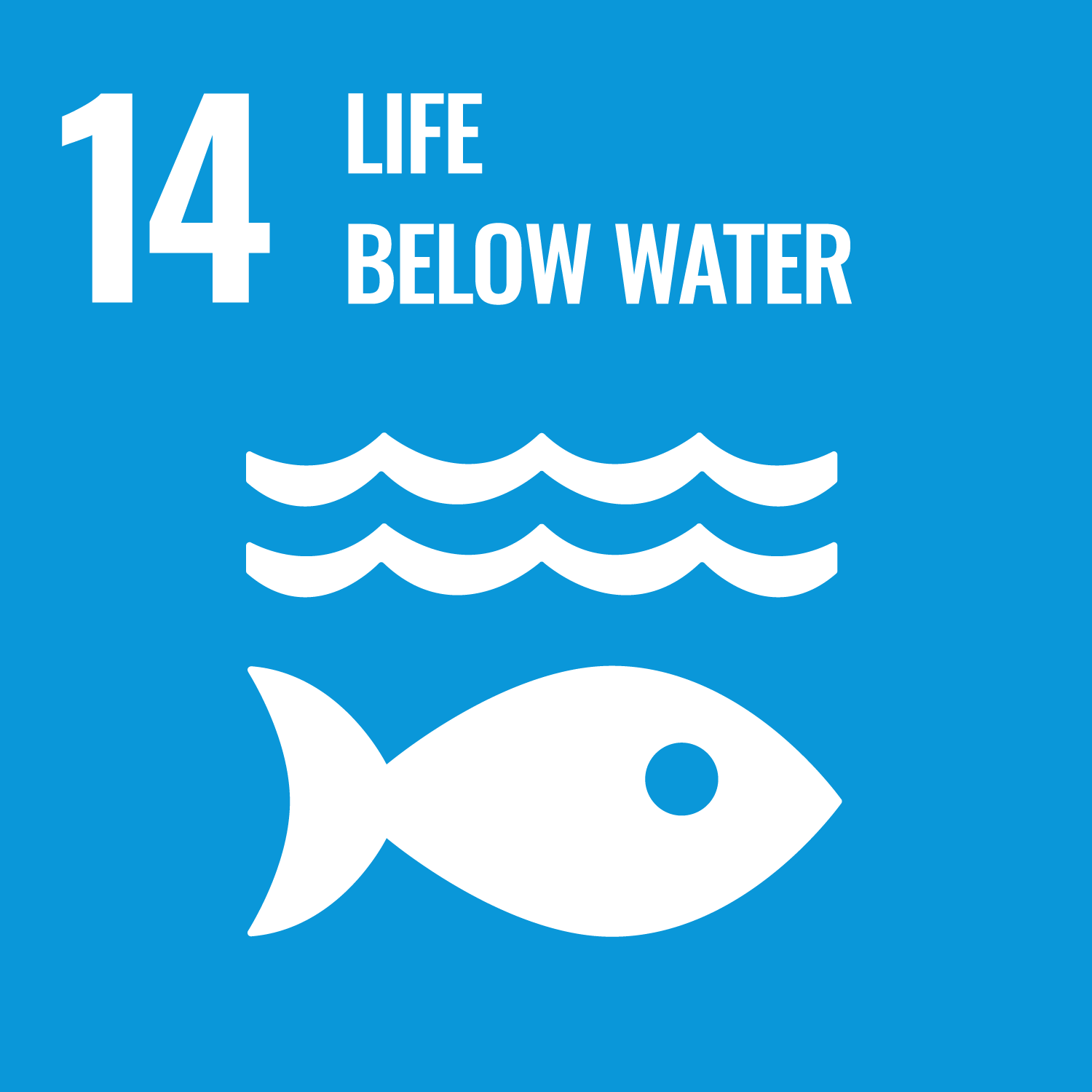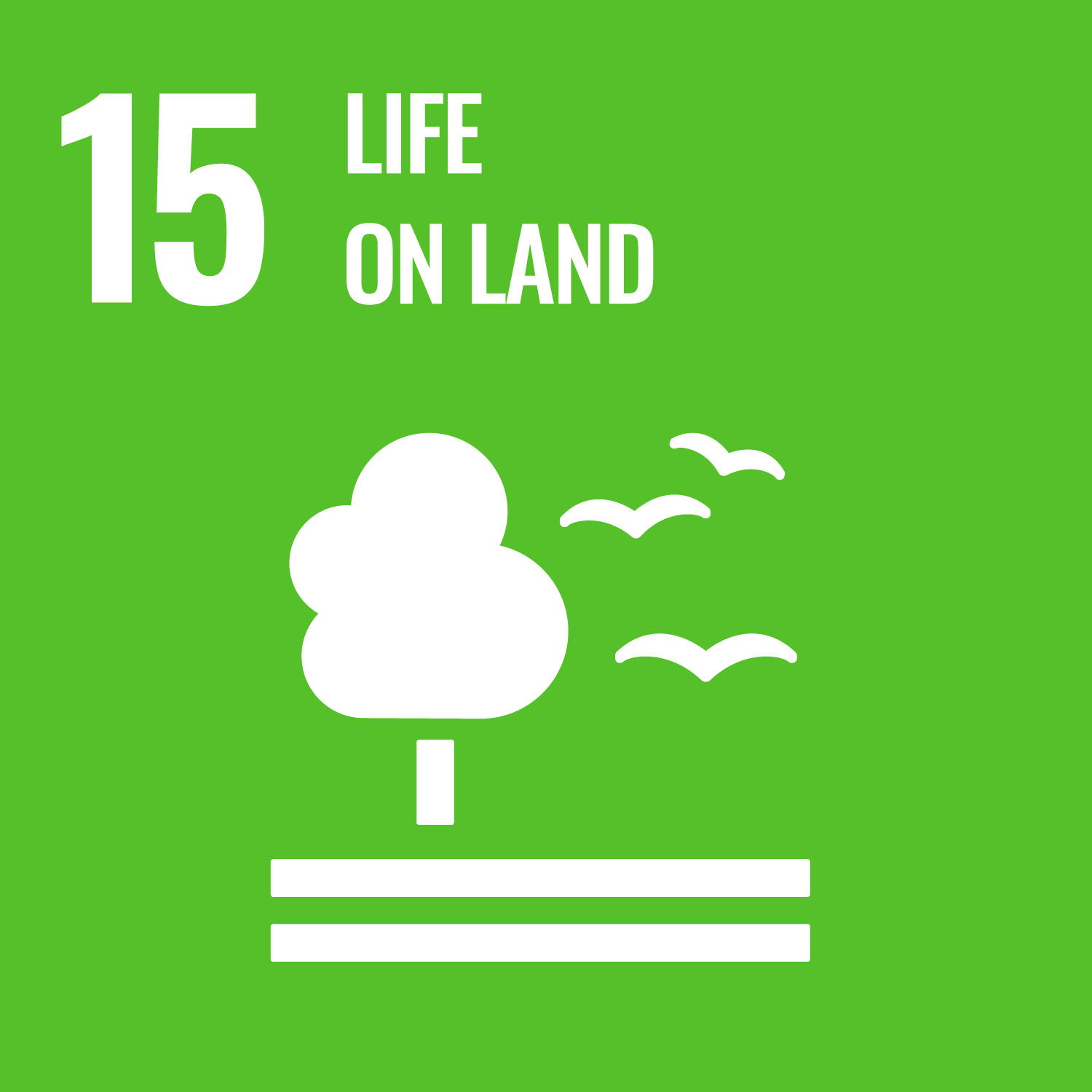Mangrove Restoration in Paraiso, Tabasco
Summary
The Paraiso project is an integrated ecosystem restoration and conservation initiative located in Paraiso, Tabasco, Mexico. The project aims to restore degraded land, enhance biodiversity, and generate certified carbon credits through a science-based and technology-enabled approach. Using satellite imagery, AI, and automated monitoring, Nat5 ensures transparency, traceability, and high environmental integrity.
Paraiso is aligned with international standards and the “La Solución Somos Todos” (We Are the Solution) framework for projects contributing to the UN Sustainable Development Goals (SDGs).
Support this project by acquiring carbon removal credits here:


Project Objective
Restore and conserve native forest ecosystems to promote long-term carbon sequestration.
Generate verifiable, high-integrity carbon credits through robust baseline assessment, monitoring, and reporting.
Support local communities by creating sustainable employment, capacity building, and improving livelihoods.
Enhance climate resilience and biodiversity conservation in southern Mexico’s tropical region.

Impact Overview
Ecological / Environmental Impact
Restoration of degraded forest land and protection of biodiversity corridors.
Avoided deforestation and reduced degradation compared to the baseline scenario.
Strengthened ecosystem services including water regulation, soil health, and climate stabilization.
Improved resilience to extreme weather events through reforestation and soil protection.
Social Impact
Creation of local jobs in restoration, monitoring, and sustainable land management.
Community involvement in governance and benefit-sharing mechanisms.
Capacity-building programs that foster environmental awareness and social inclusion.
Improved quality of life through income diversification and education opportunities.
Economic Impact
Long-term revenue generation from the sale of verified carbon credits.
Attraction of green investment into rural areas.
Diversification of the local economy away from extractive or unsustainable practices.
Strengthening of the local green economy aligned with global climate goals.
This project contributes to the following SDGs:



